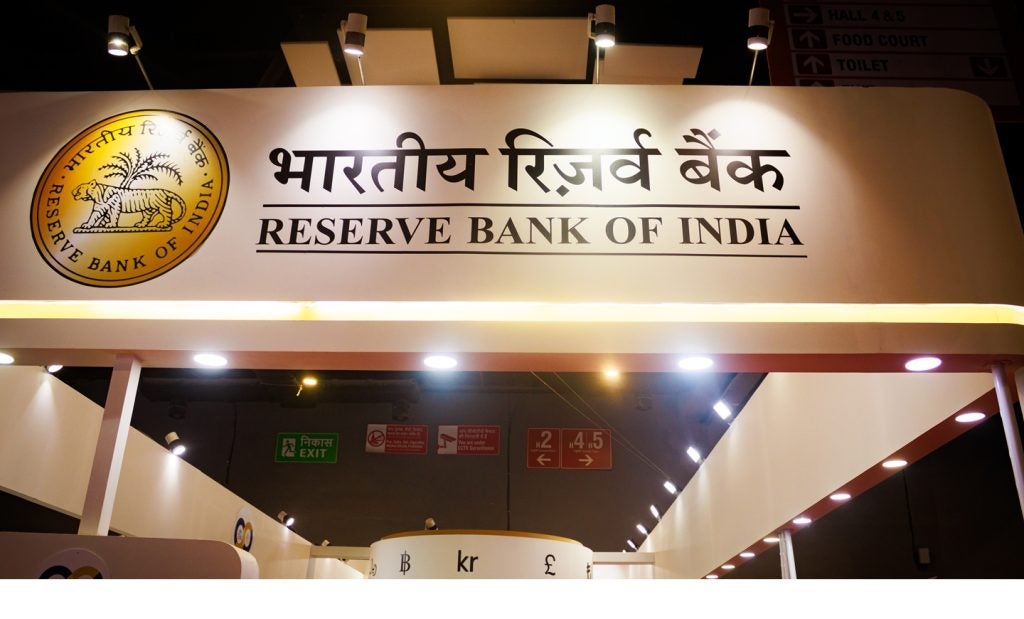Technological advances and progressive regulatory environments are encouraging banks to develop open, collaborative ecosystems writes Evie Rusman
In the digital age, banks have to adapt how they operate in order to compete with the rise of non-banks and fintechs. Oracle’s latest report, Beyond Digital: Data-Driven Strategies to Grow, Scale and Profit, examines current examples of innovation across the banking sector.
The idea presented by oracle is that data and technology have the ability to enhance the customer experience, with prime examples of this being the case in the Asian banking market, where customers have grown in wealth and connectivity. In addition, their sentiments towards new methods of banking have also increased.
According to Oracle, this creates the perfect conditions to support the growth of digital banks and move towards better banking.
Venky Srinivasan, group vice president, JAPAC & Middle East, Oracle, said: “Traditional banks are facing increasing competition in service innovation, which reinforces the need to redesign conventional banking models. Virtual banks may be nimble compared to the incumbents. Still, they face three immediate challenges: they need to demonstrate to regulators their ability to comply, they need to monetise data, and they need to turn compliance into a competitive advantage.”
The digital customer journey
Oracle outlines that banks often struggle with the problem of attracting and retaining customers. According to an Oracle survey, customer satisfaction with traditional banks decreases as the customer relationship progresses across the financial lifecycle.
Harjeet Baura, APAC digital banking leader, PWC, said: “The landscape has changed so rapidly that traditional banks are working at breakneck speeds to determine the best approach to remaining competitive amidst the advent of new entrants. There is immense opportunity for both traditional and new digital banks by harnessing the right technology and use of data effectively to deepen their offerings and their share of the customer wallet.”
The survey also points out that 69% of consumers want their entire Financial Lifecycle on digital channels, and 30% of consumers are open to trying a FinTech or virtual bank option. Therefore, the suggestion is that consumers are demanding more sophisticated, smarter and more relevant digital experiences.
Customer acquisition and profitability
According to PwC’s data, interest in digital banking is markedly stronger among under-40s. Additionally, research suggests higher-income groups express the strongest interest in digital banks due to having higher expectations.
Oracle warns that banks need to grow at scale, leveraging data insights to bring financial services products to market at a more competitive price point. It also explains that these capabilities are often developed in an open, cloud-based banking infrastructure.
Account opening & frictionless onboarding
It is obvious that complex account opening processes and delays leave customers frustrated, and may result in banks losing business. According to Forrester, abandonment rates for online banking applications are at 97.5%.
Oracle argues that there is a shift towards customer-centricity owing to the rapid growth of digitally savvy customers protected by data privacy regulations. It also highlights that banks can no longer rely on their legacy onboarding process to serve their customer’s needs.
Hyper-personalisation
Data has become an important tool for banks to really understand the customer. PwC’s Retail Banking 2020 report showed that 61% of bankers say a customer-centric business model is “very important”. The argument is that a customer’s spending patterns create data that can help banks hyper-personalise rewards.
For traditional banks, customer data is commonly used to produce monthly statements and static balances. Digital banks, however, will deploy technology to generate dynamic data that can, for example, track your spending against savings goals.
Therefore, Oracle emphasises the importance of incumbents adapting to this technology to produce a personalised service.
Under-served SMEs
The report argues that digital banks need to demonstrate that they can manage relationships with SME customers involving multiple products and transaction types. According to Oracle, these fintechs must embrace open banking technology to redesign the customer journey. Redesigning entails an API strategy, front-end customer-facing applications to the back-end platforms, data governance, and operating model.
When data is harnessed through analytics and enabled with the right APIs, banks can become empowered with insights and agile processes to improve SME experiences.
Compliance
Oracle’s report emphasises how digital banks need to consider how they can ensure compliance with less headcount and no physical presence. It states that automation and straight-through processes must be enabled to ensure ongoing compliance.
In addition, scalability is also a factor. Oracle outlines that without scalable, robust infrastructure, digital banks will encounter problems.
Building ecosystems
New ecosystems present a significant opportunity to respond faster and more accurately to new demands, giving customers fewer reasons to explore alternatives outside of the bank’s ecosystem.
Therefore, by utilising open banking, banks can better understand consumer needs at all stages of their financial lifecycle.
Furthermore, nowadays, customers expect the right services instantly without any complications. As a result, Oracle suggests that the ability to tie options for e-commerce, transport and lifestyle into one seamless digital banking experience is critical. This adds value and so banks can avoid being a commodity service provider.







